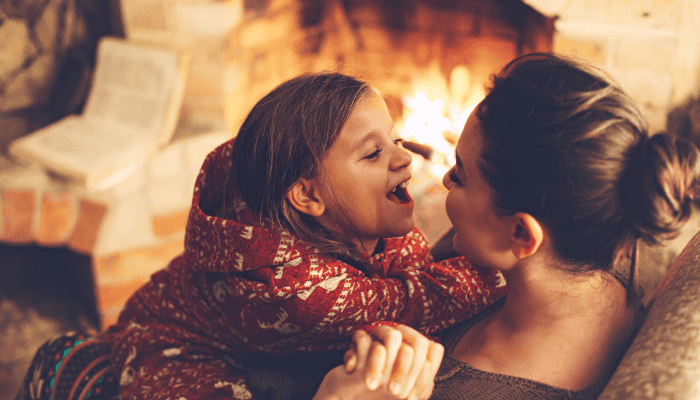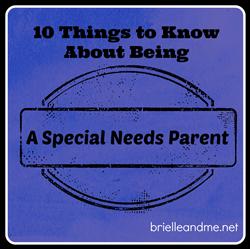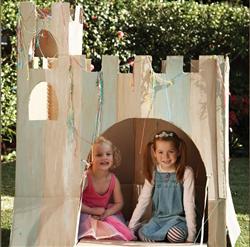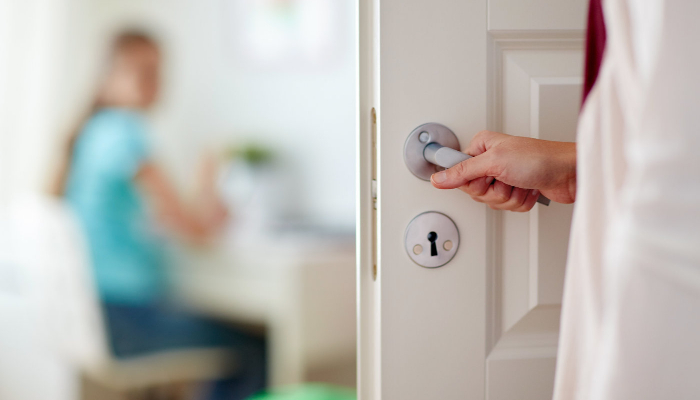Adopting Hygee Rituals in the New Year
By Guest Blogger Tracy Huneycutt
Hygge is a Danish concept defined as the quality of coziness in one’s life (feeling warm, comfortable, and safe) by doing simple things like creating rituals, lighting candles, baking, and spending time with loved ones. Hygge has been described as “creating a warm atmosphere and enjoying the good things in life with good people.”
Research has shown that adding aspects of hygge to one’s life has many health benefits. The emotional benefits include increased mindfulness and optimism, and lowered stress, depression, and anxiety. The physical benefits include improved sleep as well as balanced cortisol, dopamine, and serotonin levels. The social benefits include strengthened relationships and feelings of comfort and safety.*
Since the hygge movement was mainstreamed approximately seven years ago, many people have incorporated its principles into their own lives. Hygge homes embrace the “less is more” mentality and emphasize quality over quantity. Hygge-minded mothers demonstrate to their children that security and peace do not necessarily come from having large houses, jam-packed schedules, or an abundance of material items.
If you are eager to welcome hygge principles into your own life, I have encouraging news: introducing hygge concepts is fairly streamlined and uncomplicated. A commitment to consistency and intentionality are the main factors required. Start small and grow these methods as time and financial resources allow.
Mindful home décor is one component of a hygge lifestyle. Bright, overhead lighting is discouraged; instead, opt for warm, soft light from lamps, fairy lights, and candles. Consider the sense of warmth we feel when we sit around a Christmas tree with no other lights on in the room. Blankets, pillows, and rugs with soft textures create an inviting space. Wood elements, indoor plants, simple décor, and the use of neutral colors make for a calm home environment.
A meaningful connection with others is another element of the hygge lifestyle. While hosting gatherings is promoted, these get-togethers do not need to be elaborate to be significant; the goal is to bond with family and friends. Consider hosting a time to cook together, to chat over coffee, or to play board games. I recently had a mom-friend invite several women over to make soup together, and it was such a cozy and relaxing experience. When spending time with family, disconnecting from technology to be present and engaged with one another is encouraged.
Creating daily rituals is another component of the hygge way of living. While these rituals might require an adjustment to current schedules to accommodate, the benefits of reducing time spent on mundane activities (such as scrolling social media) and focusing more on mindfulness will become preferred over time.
A great way to start one’s morning with hygge in mind would be to stretch, pray/meditate, have a cup of rejuvenating tea, carve out a bit of time for exercise, nourish your body with a healthy breakfast, then listen to uplifting music or a fascinating podcast. To thoughtfully wind down in the evenings, choose a consistent bedtime, disconnect from electronics, keep the lights dim and the temperature cool, have a cup of relaxing tea, listen to soothing music, make necessary preparations for the next day, journal, then cuddle into a cozy bed.
Other aspects of the hygge mindset include being present in the moment, reading good books, spending time in nature, and participating in self-care routines.
Hygge is a collective invitation to slow down and appreciate the simple things in life. There are a lot of uncertainties and worries that take place in our world. While we cannot control the events that happen around us, how we navigate our daily lives and how we intentionally spend time with our family and friends are things we can influence.
*Source: verywellmind.com/health-benefits-of-hygge-4164281
Want to see more blogs like this and get notifications on local events and happenings? Subscribe to TMoM’s free weekly newsletters here.







